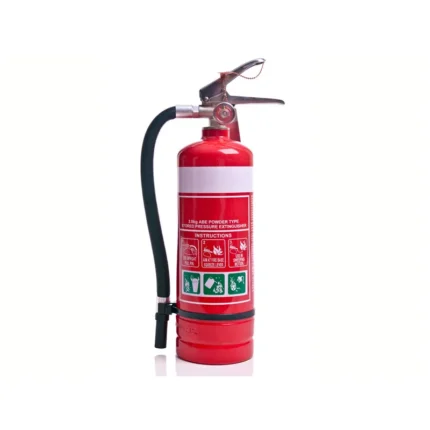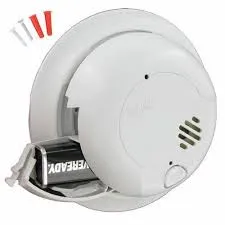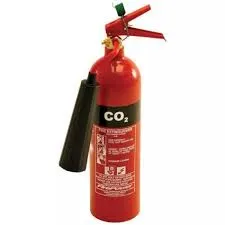The Conventional Fire Alarm System offers a straightforward yet effective method of detecting fires in buildings. It uses a network of detectors (smoke, heat, or flame) to monitor specific zones in a building. Upon detecting a fire or smoke, the system triggers audible and visual alarms to alert people in the area. It is a cost-effective and easy-to-install solution, particularly suited for smaller buildings or spaces that don’t require complex fire safety systems.
Product Specification:
| Feature | Specification |
|---|---|
| Type | Conventional |
| Detection Method | Smoke, Heat, and Flame Detection |
| Alarm Type | Audible Sirens/Bells & Visual Indicators |
| System Configuration | Zone-Based |
| Manual Activation | Manual Call Points |
| Power Supply | 24V DC or AC Mains (with battery backup) |
| Temperature Range | -10°C to +55°C |
| Humidity Range | 95% RH Max (non-condensing) |
| Mounting | Ceiling or Wall Mounted |
| Applications | Residential, Commercial, Industrial |
| Installation | Simple and Quick Installation |
| Compliance Standards | EN 54-2, EN 54-4 |
Benefits:
- Cost-Effective: Affordable fire protection, ideal for smaller installations and budgets.
- Simple Installation: Easy to install, making it suitable for both new constructions and retrofitting in existing buildings.
- Fast Response: Quickly detects fire and activates alarms to alert occupants, ensuring fast evacuation.
- Localized Detection: Divides the building into zones for precise identification of the fire location.
- Low Maintenance: Minimal ongoing maintenance required to keep the system functional.
- Easy to Use: Simple control panel and manual activation for added safety.
- Scalable: Can be expanded with additional detectors if the area increases.
How to Use:
- Installation:
- Mount the smoke, heat, or flame detectors in strategic areas of the building, typically in areas with high fire risk like kitchens or electrical rooms.
- Install manual call points at accessible locations to allow occupants to trigger the alarm manually if needed.
- Detection:
- The system continuously monitors each zone. If smoke, heat, or flames are detected, the system triggers the alarm in the specific zone, identifying the location of the fire.
- Alerting:
- Upon fire detection, the system activates loud sirens or bells to alert everyone in the building. Visual indicators (flashing lights) may also be used to ensure alerts are noticed by all occupants.
- Manual Activation:
- In case the automatic system fails to detect a fire, users can manually activate the alarm using the call points.
- Maintenance:
- Regularly test the detectors and replace batteries in the backup system. Ensure that alarms and call points are functioning and that wiring is intact.











Reviews
Clear filtersThere are no reviews yet.